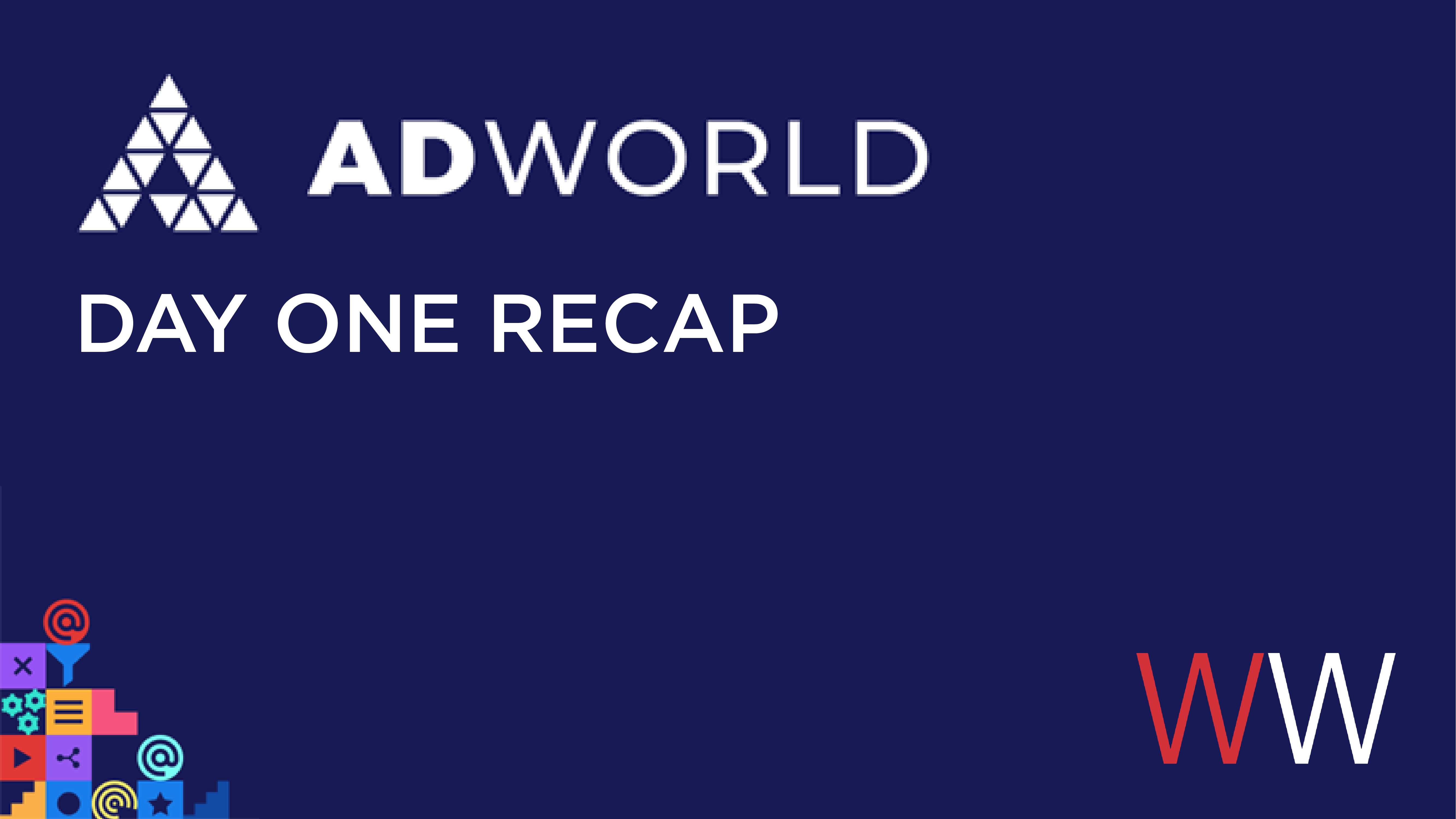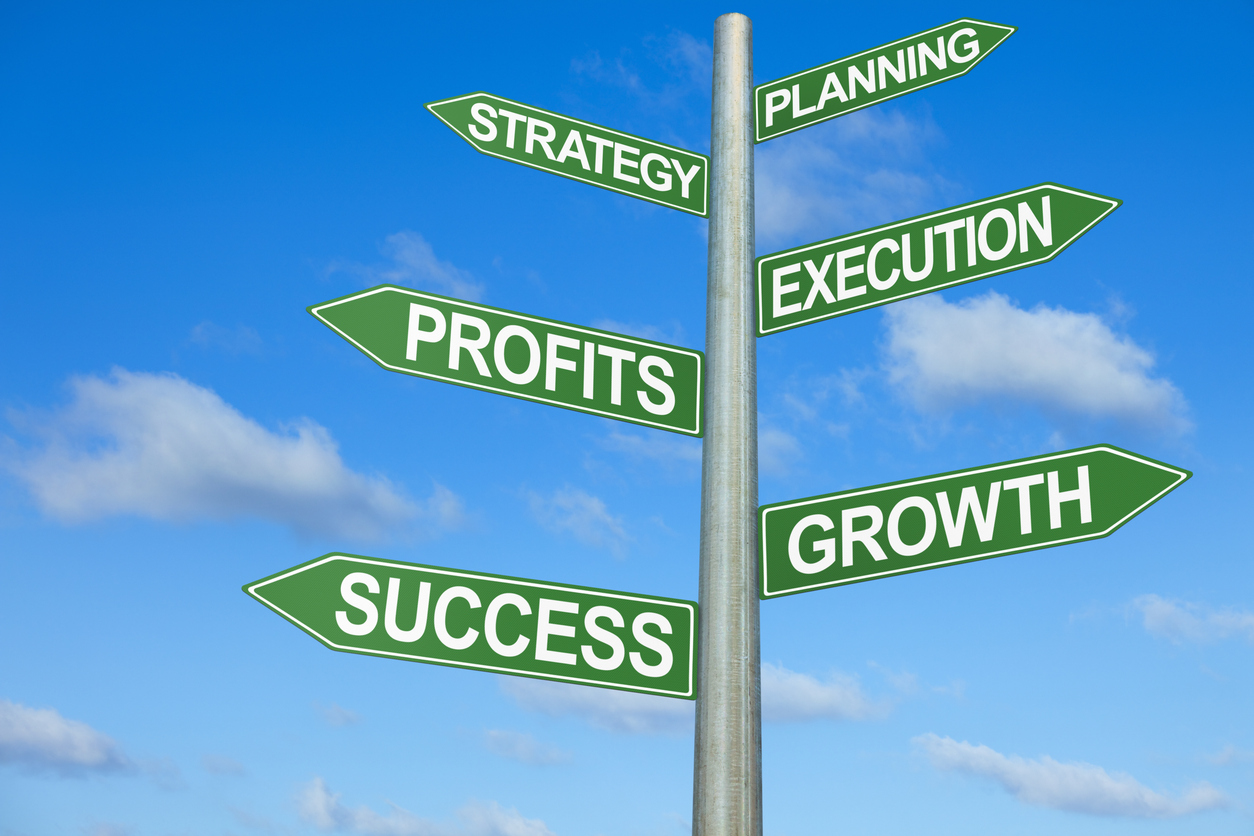By: Holly Gonzalez – Account Executive @ Williams Whittle
Last week, the Ad World Conference 2020 spanned a global audience that included over 20,000 attendees from over 110 countries. The conference tracks covered SEO, Amazon retailers, influencer marketing, media buying, e-commerce brands, content marketing, affiliate marketing, business operations, advanced Shopify, ad tech and traffic sources and podcasting. This three-day virtual event provided the following key learnings from day one.
1. Get inside the mind of your customer: 10 Proven Psychological Triggers to Skyrocket Conversions – Alexandra Cattoni, Founder at The Copy Posse
Cattoni outlined 10 marketing principles that are essential to winning over your audience: social proof, authority, scarcity, a reason why, active voice, personalization, coherence markers, common enemy, value price gap and storytelling. The common enemy principle was particularly interesting because it is not what you would think. Customers don’t want you to be angry or mean towards “the enemy”, but rather take a stance or communicate a specific belief so they can feel like they belong to your group and identify with your cause. She gave the example of a company being against processed foods and engaging customers that also dislike those foods, and are looking to a brand to share alternatives for healthy living. Finally, as book worms ourselves, we loved that she gave a list of some of her favorite books that have shaped the understanding of these principles such as “Influence: The Psychology of Persuasion by Dr. Robert B. Cialdini, and “Predicably Irrational: The Hidden Forces that Shape Our Decisions” by Dan Ariely. We look forward to considering these books for #WWMediaClub picks.
2. How to Integrate Societal Issues into Advertising Campaigns while Remaining Authentic – Flavilla Fongang, Managing Director & Brand Strategist
at 3 Colours Rule Creative
Authenticity has been a recurring topic of discussion and was also discussed at the MAC Summit online conference. Fongang outlined how to avoid just treating social issues as a trending topic for your brand. A powerful point she made was to think of your favorite brand and then consider if you love that brand because of what they do or is it because of what you don’t expect them to do? This means that you expect a brand that you love to provide a top-notch product or service, but what makes that brand even better is when they go the extra mile and use their power for positive impact. This can be showcased in a brand giving back to a meaningful cause or making an authentic statement with their product or service. Another compelling point she shared is the importance of acting internally and communicating externally. You cannot have one without the other. If a brand makes a statement on a societal issue and does not make an internal action, it will lose authenticity. Instead, be transparent about the changes you need to make and the steps you are putting in place to enact transformation.
3. Five Fundamentals of Creating a Successful Content strategy in 2020- A start to finish guide – Kathrin Lindner, Head of Digital Transformation at Lindsett Consulting
Lindner concisely walked through five content strategy steps which include brainstorming/goal setting, persona development, deciding on content type, content planning/forecasting and finally measuring results. Beyond these steps, I also enjoyed her tips for repurposing content. You can take one blog post and use it on social, a podcast, video (which can be different in length for each social platform), infographic, webinar and an e-book. But, make sure that when you get to the analytics phase of the content marketing strategy you determine which content performs best, and use that content for repurposing. Linder also shared insights on consumer’s attention span which has dropped to eight seconds, this translates into just .05 seconds for consumers to form an opinion about your brand. If that doesn’t make you want to laser focus your content marketing, I do not know what else will.
4. Full Transparency: How we Accurately Measure Creative Performance on Facebook at Scale – Nick Shackelford, Founder & Managing Partner, Structured Social Co-founder & CEO at Konstant Kreative and Structured Agency
Shackelford gave some technical tips and templates for creative testing, but his overarching explanation of constant review of content and examples of key messaging components for the best ad was highly useful. Before you do testing, he suggested evaluating your current brand by looking at some of these areas: who would you want to buy more of your product, what problem does your product solve, which brand do you aspire to be, and look at your online reviews. Analysis from that brand evaluation you conducted first will help you determine what aspects of your brand stand out as effective and use that information as you plan content. He also outlined the key components of an effective video ad: hook, problem, agitate, solution, demonstration, features, validation/proof and call to action. He then showed how to use those components as performance bricks to evaluate future iterations of content. You can rearrange these blocks and test different visuals, copy and demographics in your creative, and then test for which combination is most effective.
5. Scaling an Email List to 2.5M: How to Create Insanely Attractive Content that Gets 42% Open Rate – Alex Lieberman, Co-founder & CEO at Morning Brew
I am a fan of morning newsletter emails. I enjoy The Skimm, but this session from Alex Liberman introduced me to The Morning Brew which even has a specialty email newsletter that is specific to marketing. Lieberman has taken the time to build a unique audience through social media, influencer, cross-promotion and referral marketing. He stressed the importance of building an audience so that your brand has a unique set of contacts to speak to that is built around a common interest niche and just not general interest. Humans desire connection and that is important to connect to them through storytelling.
The insights we learned from day one were both technical and strategic from key players in the field. Stay tuned tomorrow for day two’s recap.



